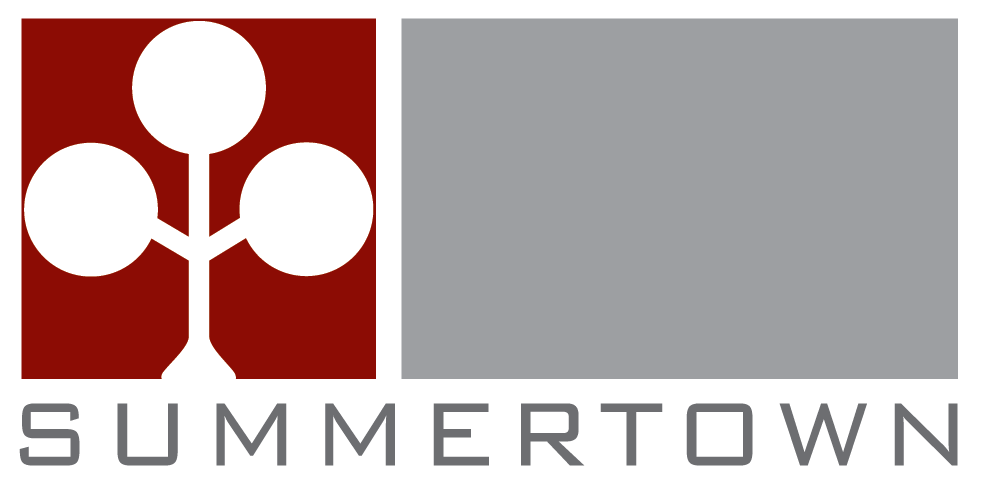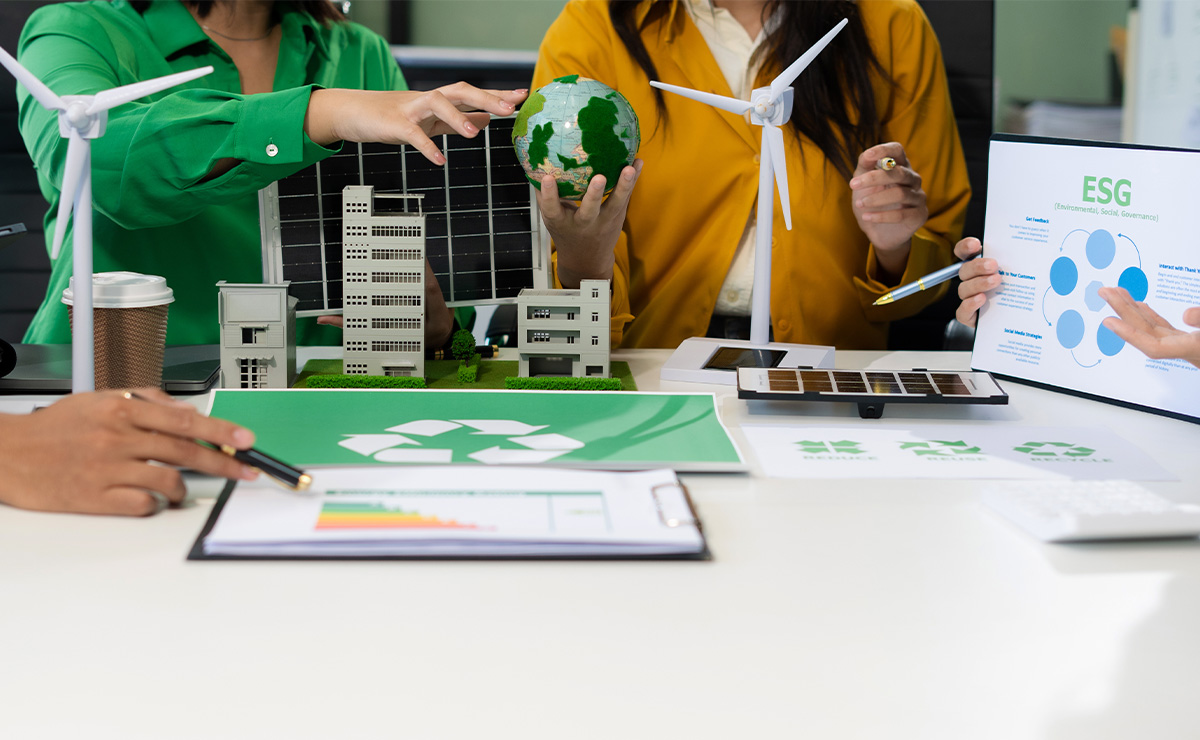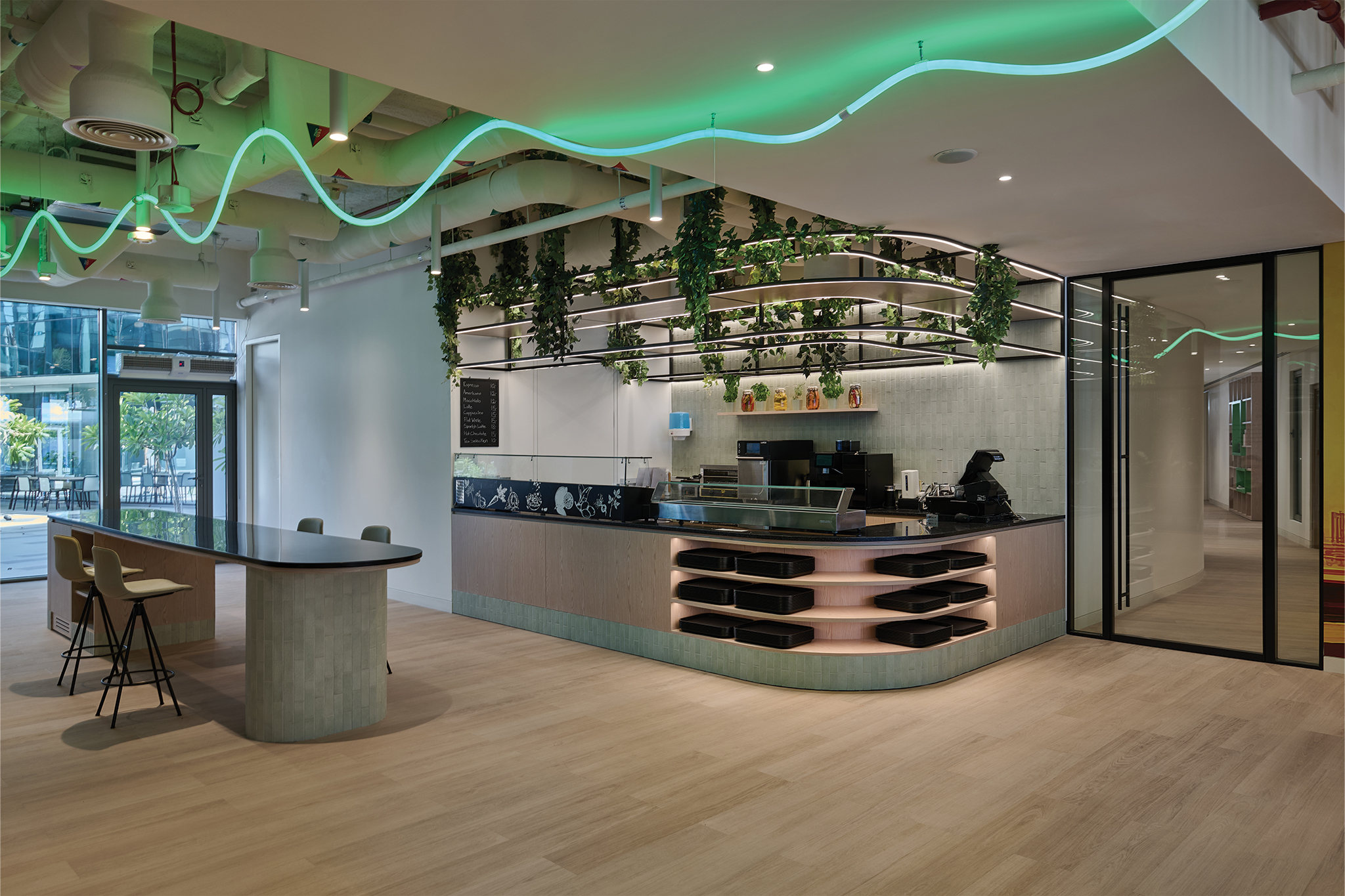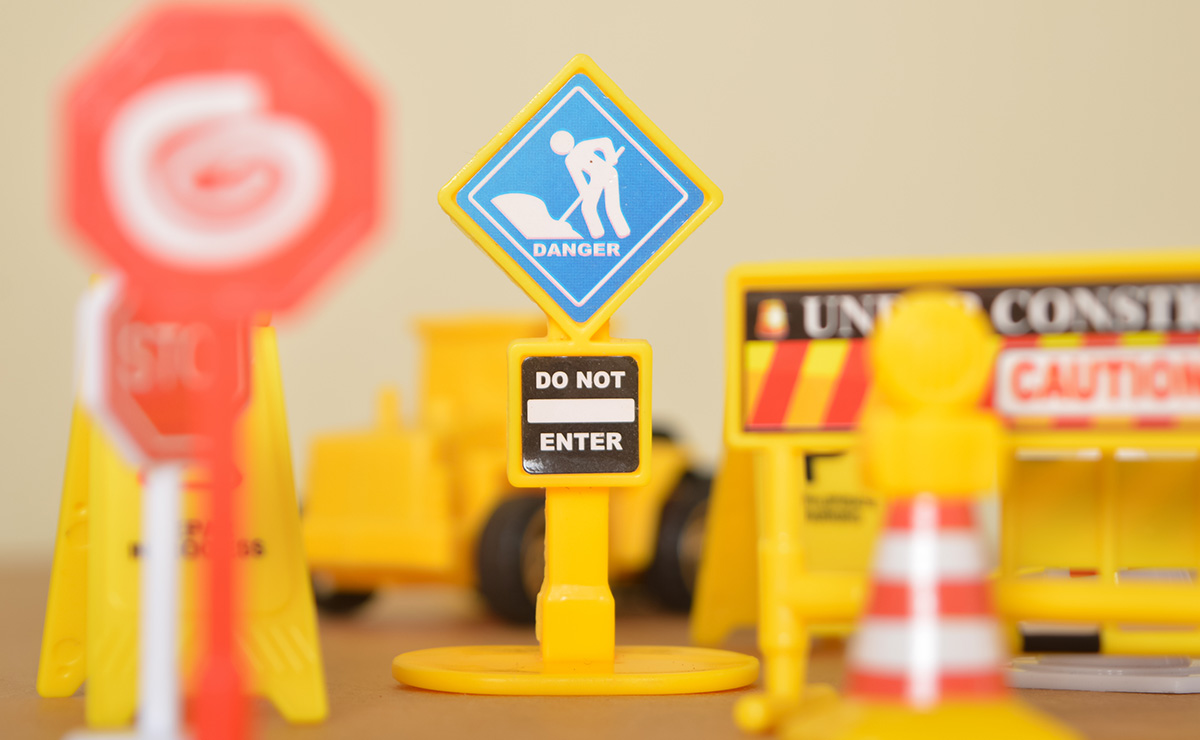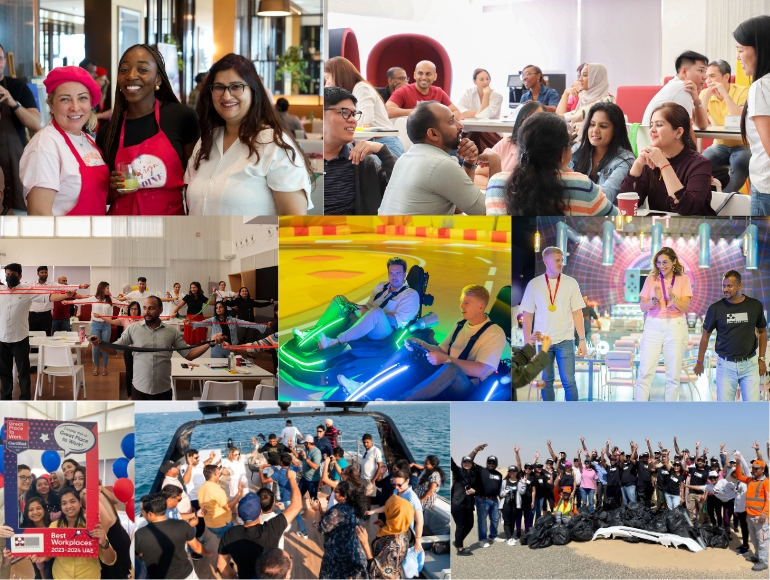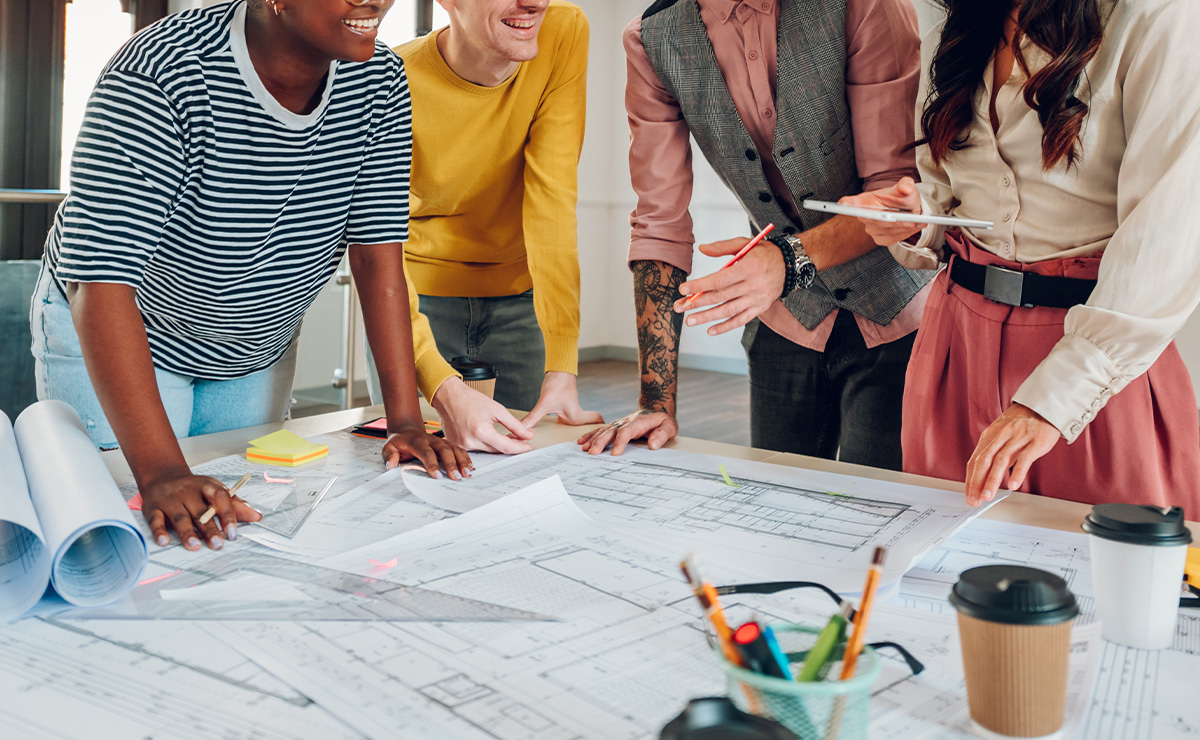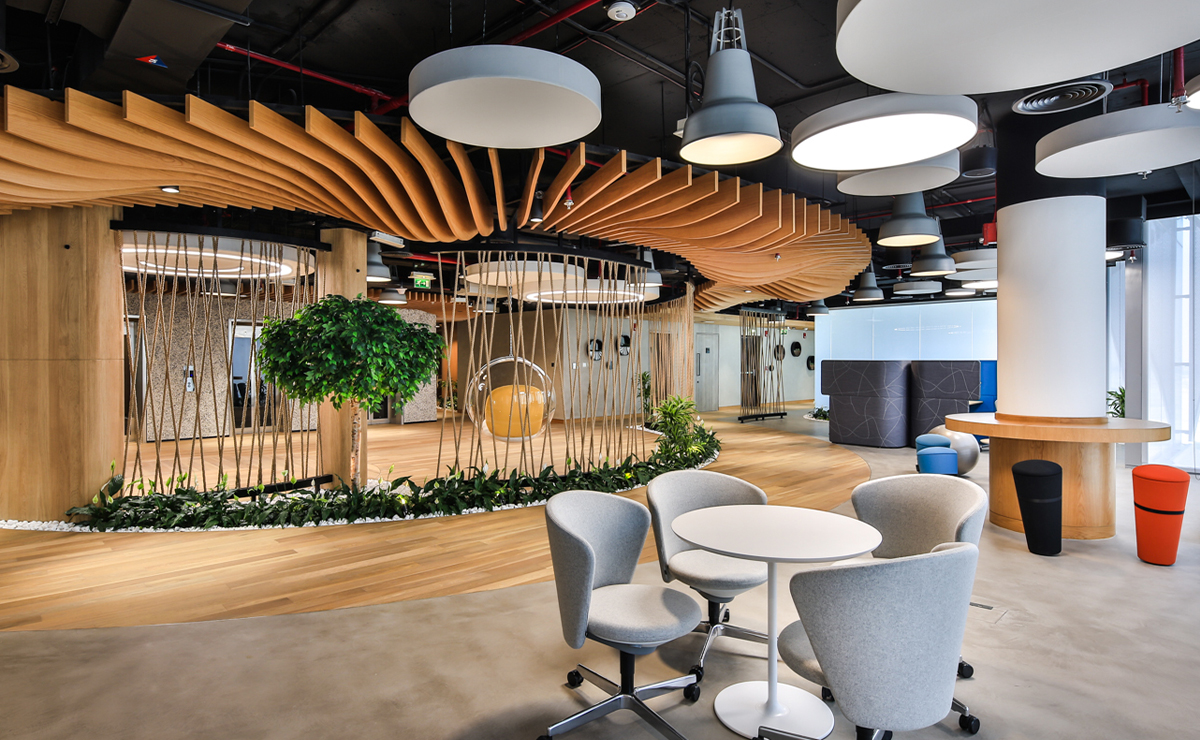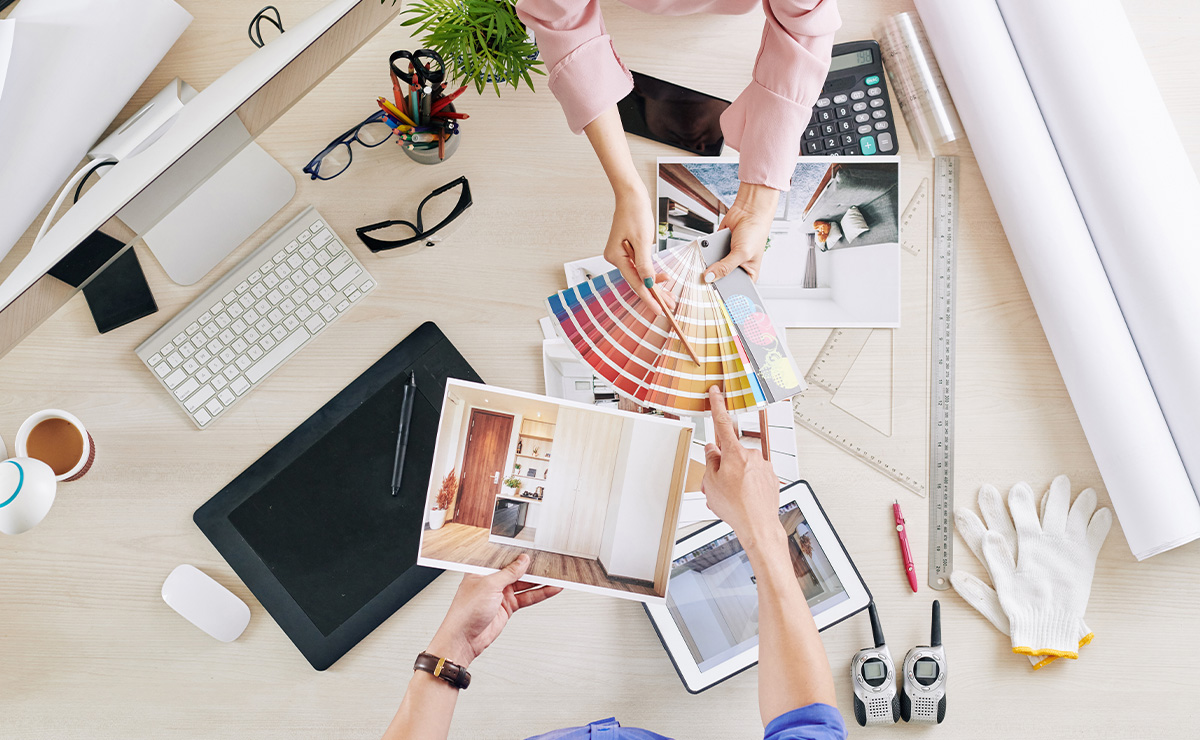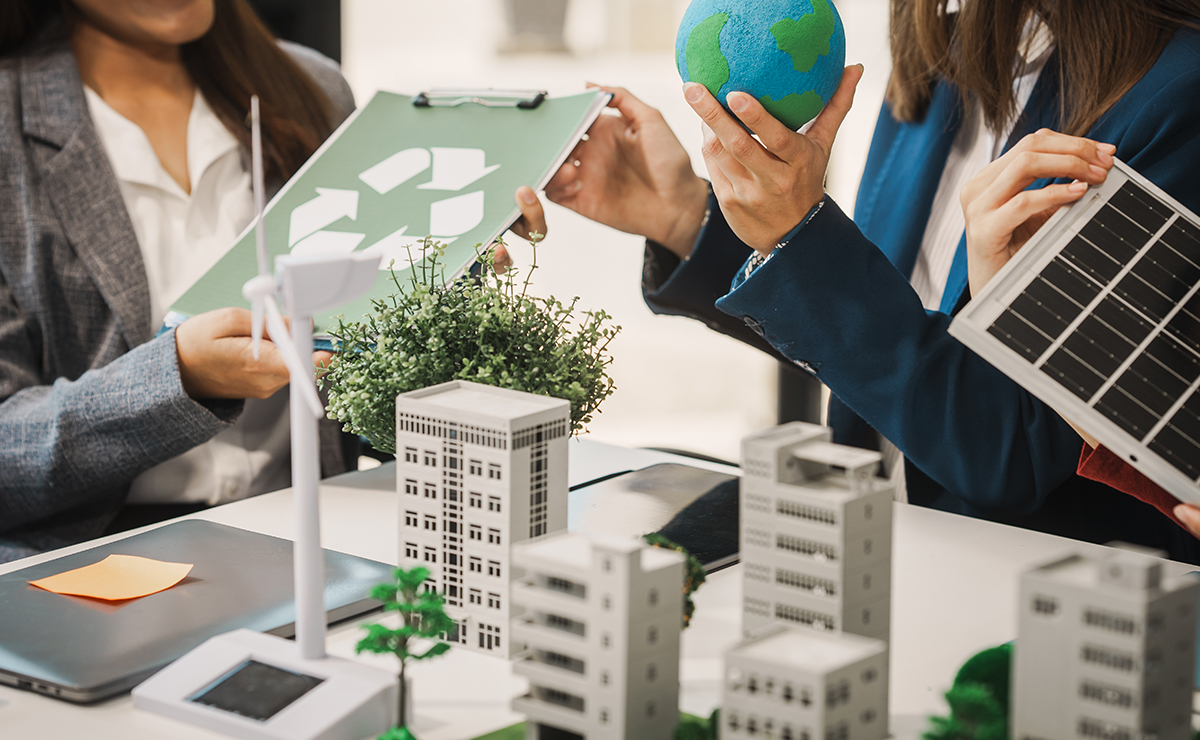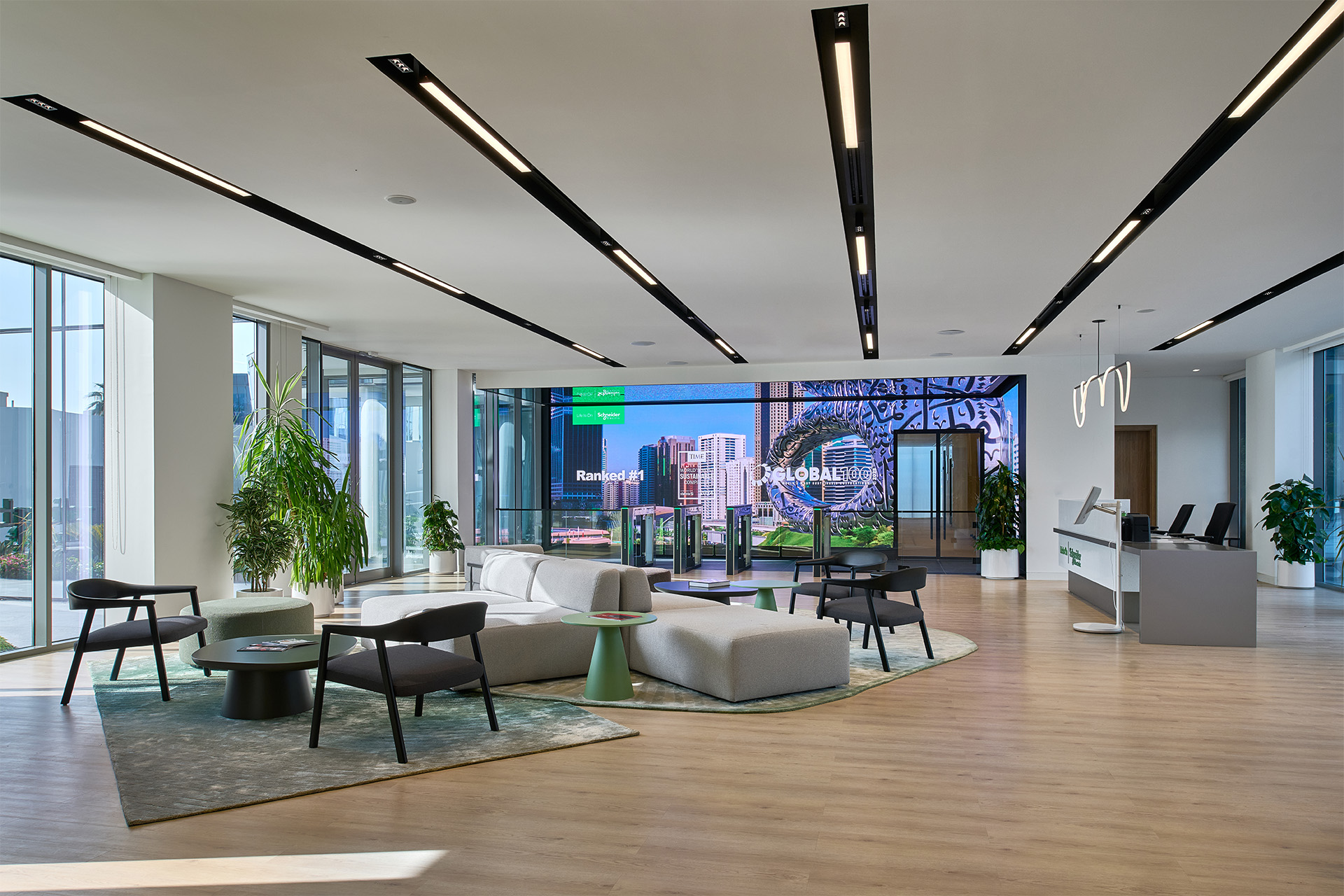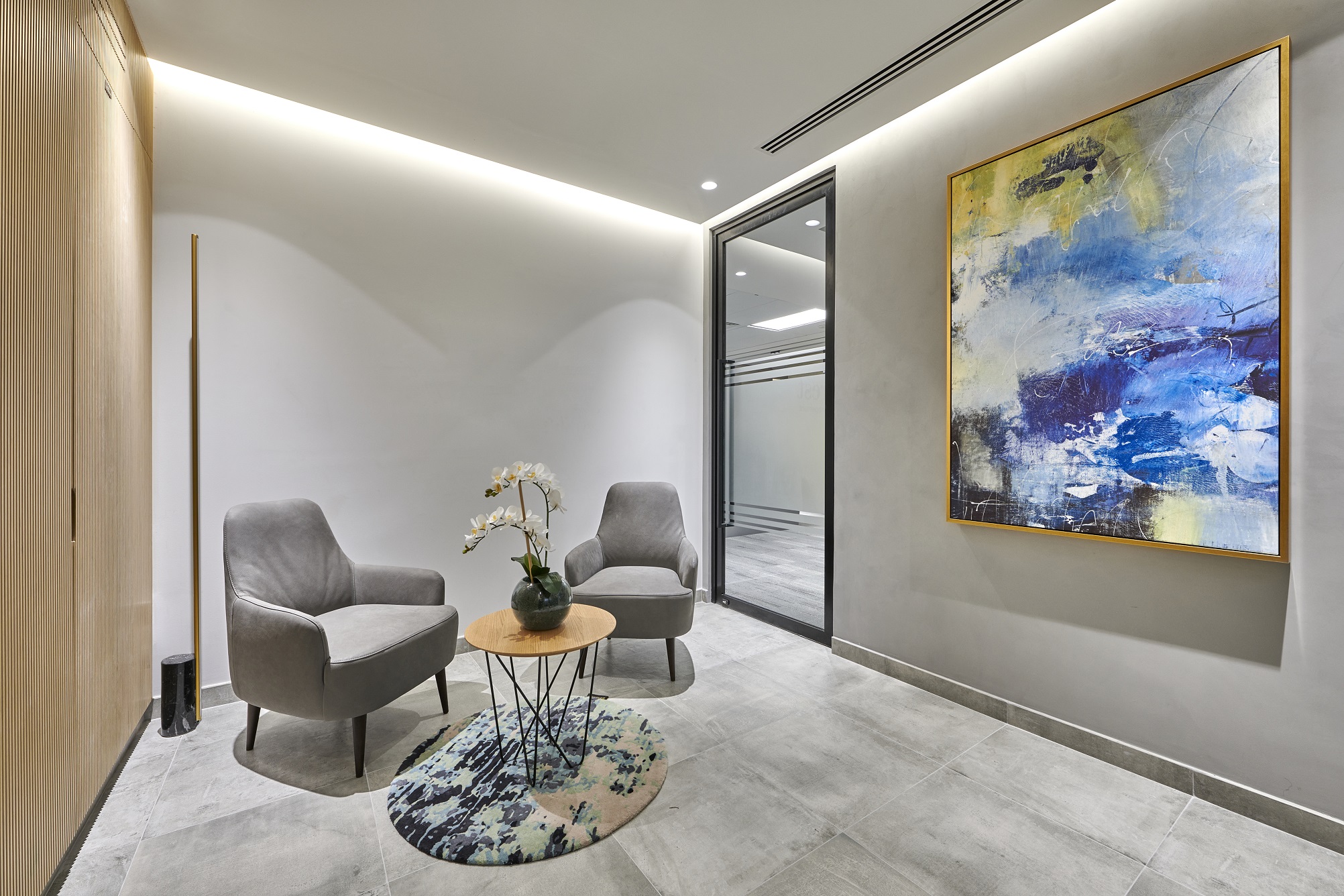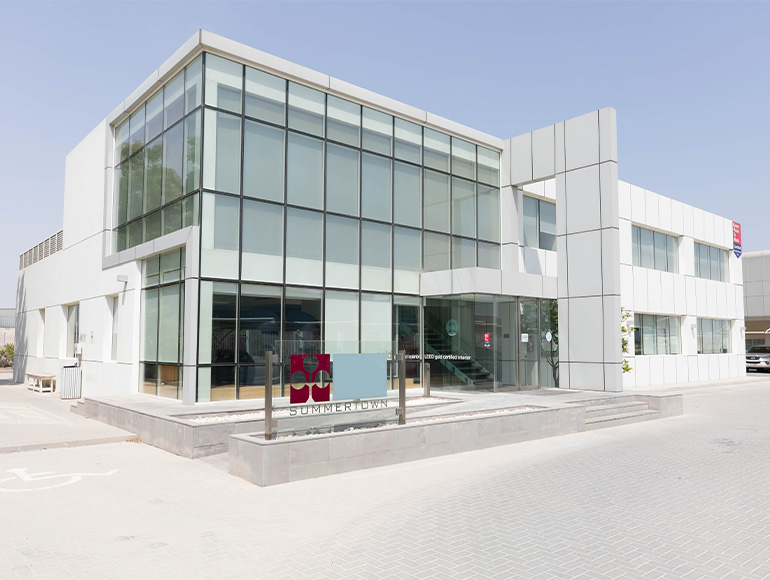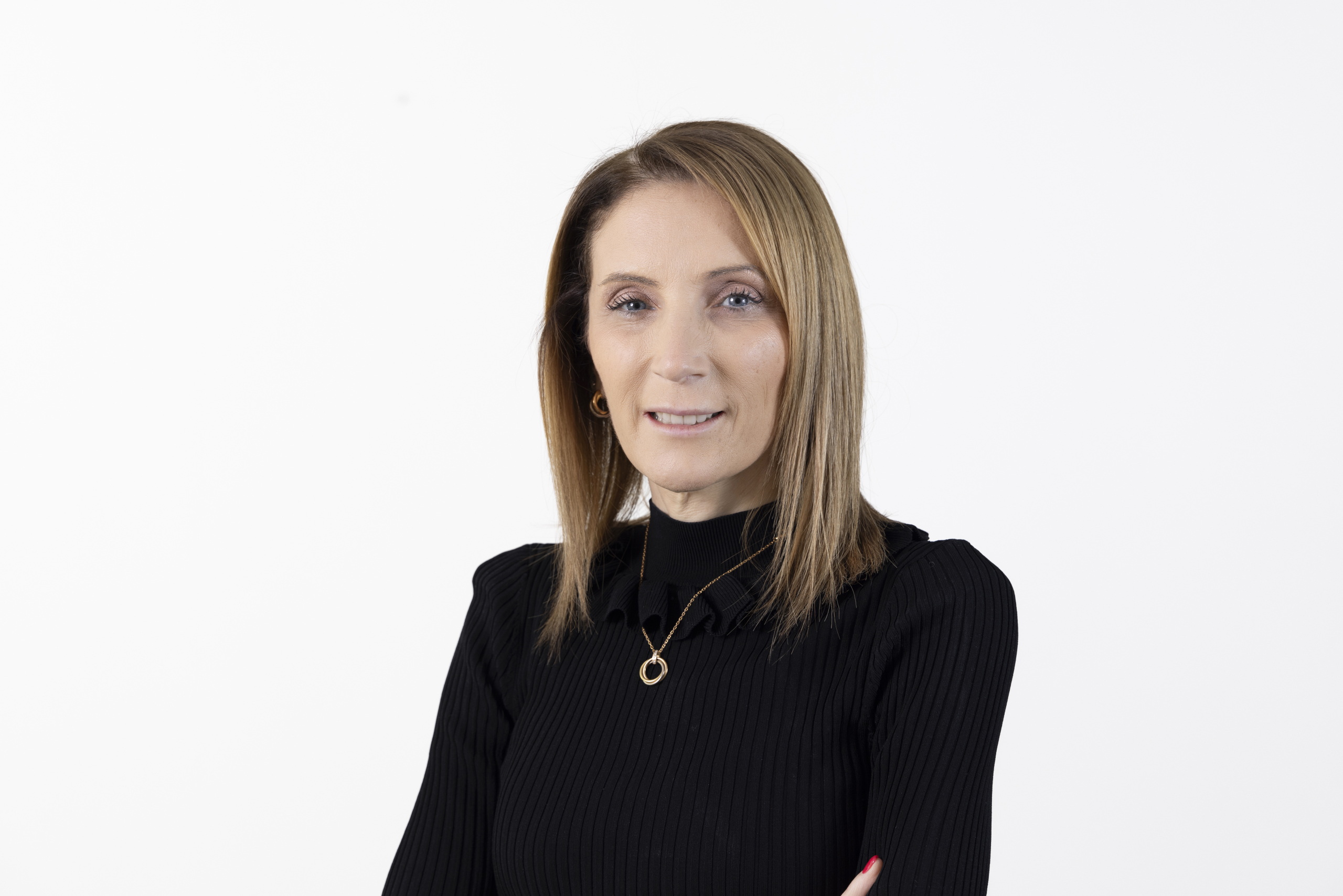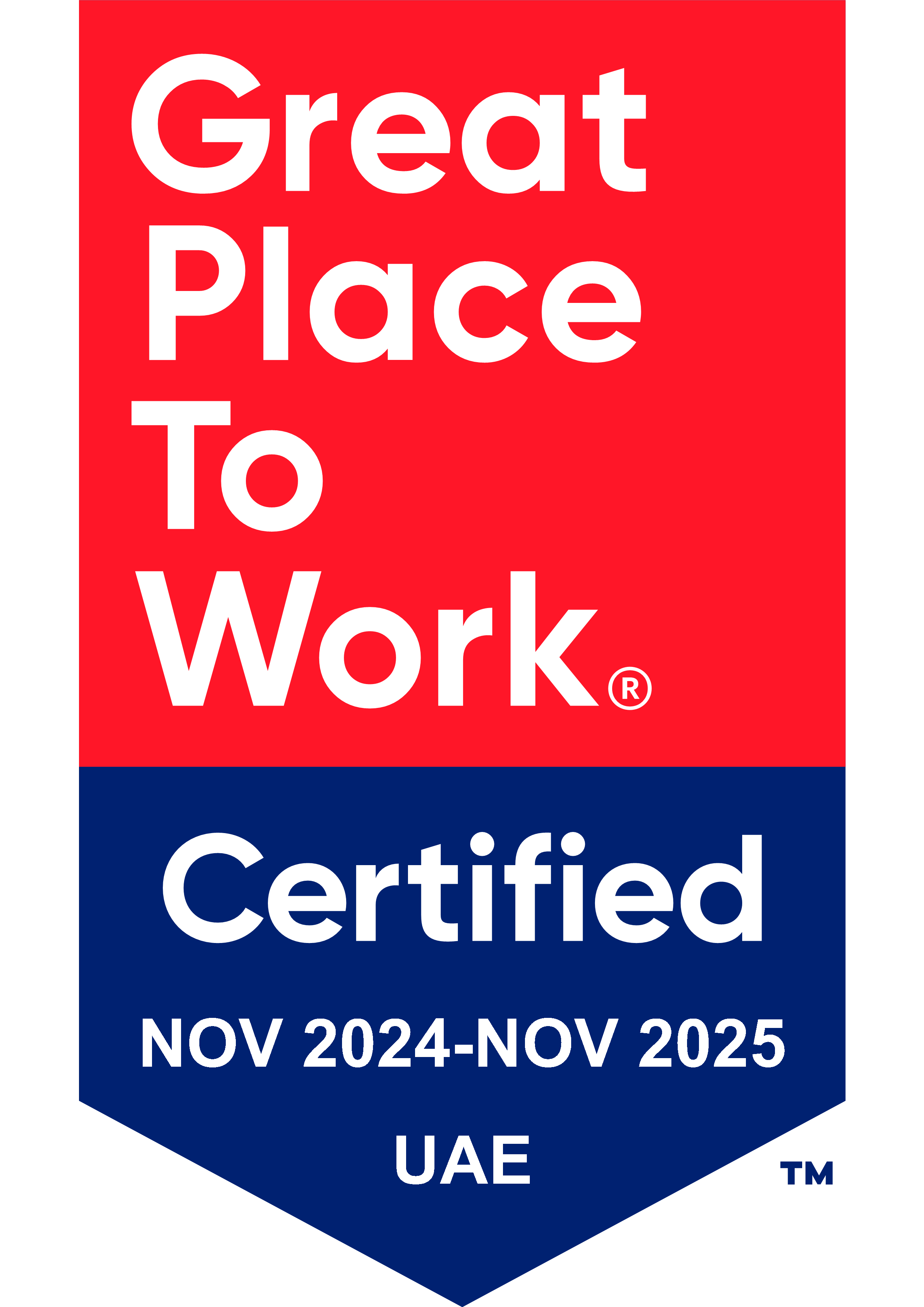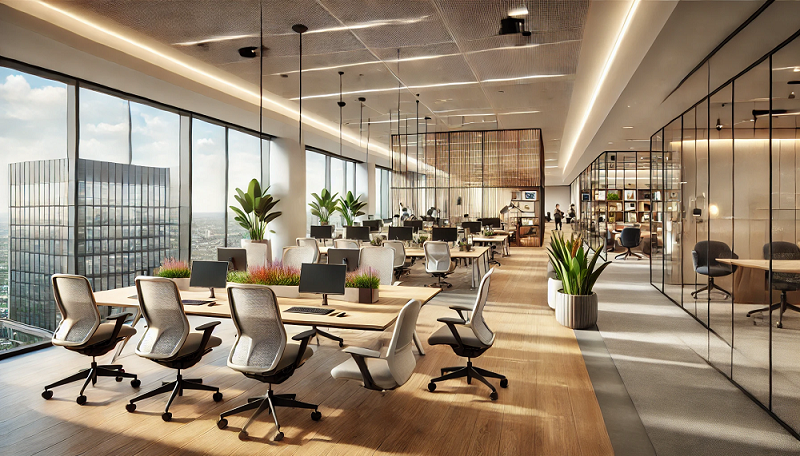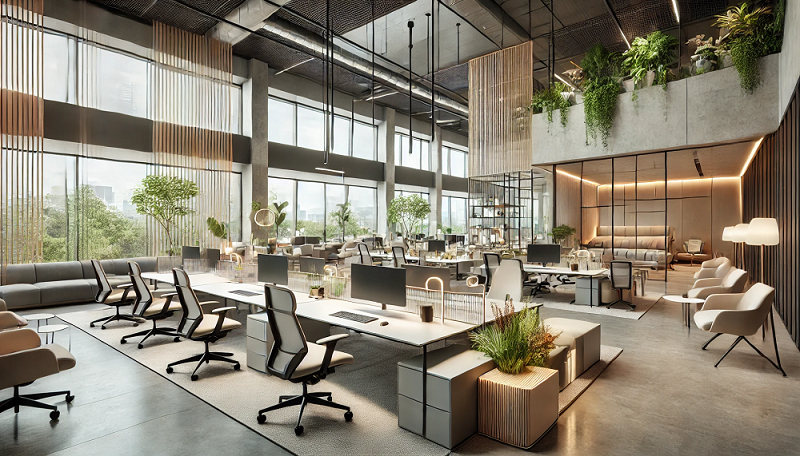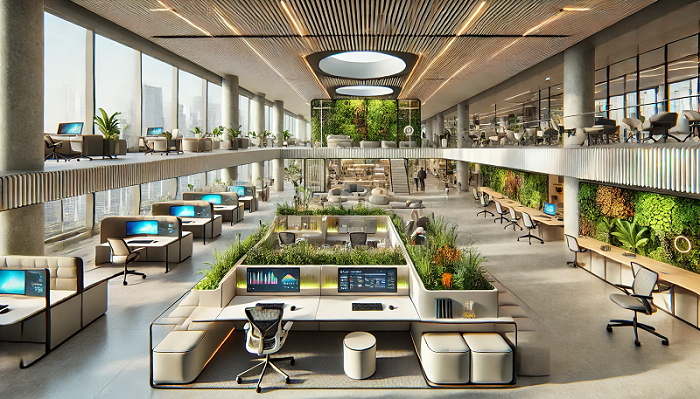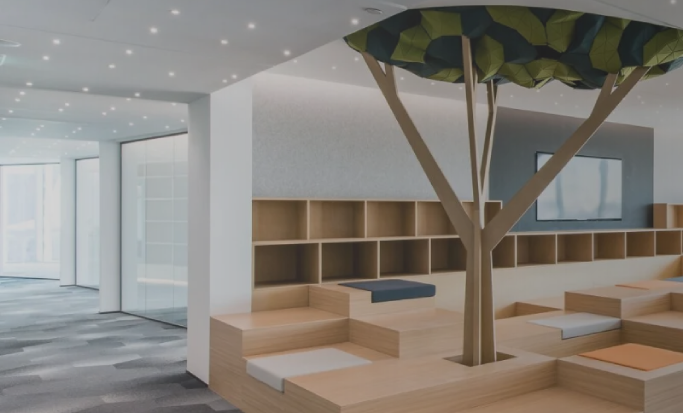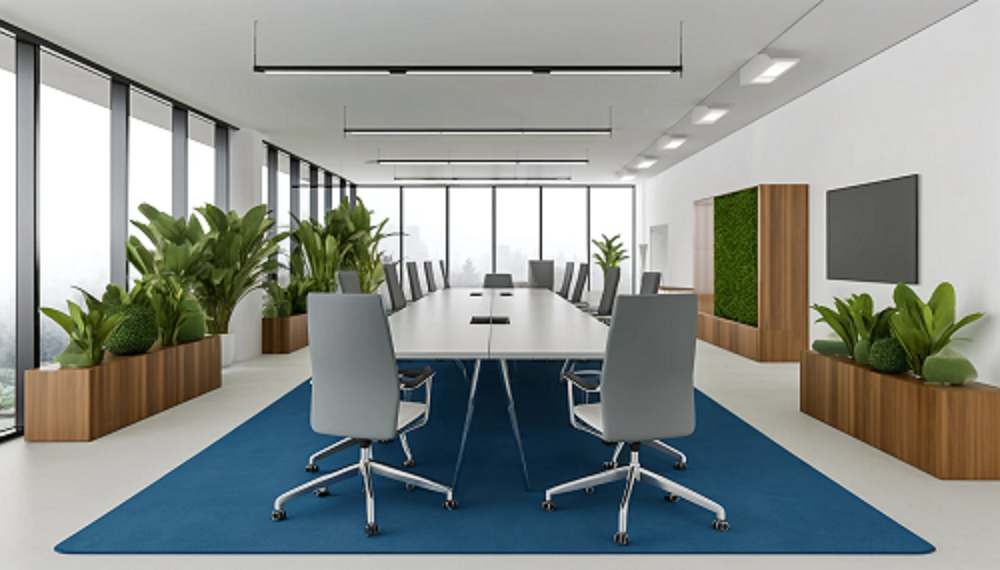
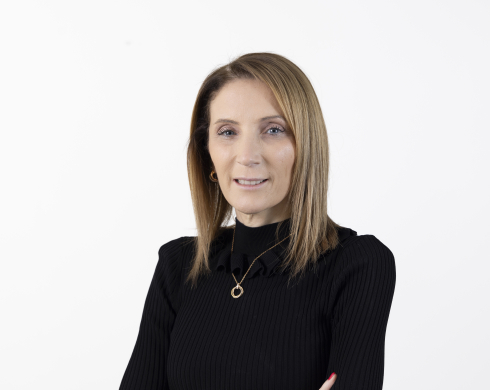
Nicola Trivett
General Manager & Sustainability Leader
In recent years, sustainability has become a key consideration in modern business operations. This shift is driven by a growing awareness of environmental issues, increasing regulatory pressures, and the recognition that sustainable practices can lead to long-term financial benefits. Companies are realising that adopting environmentally friendly practices is not only beneficial for the planet but also enhances their corporate reputation and operational efficiency.
One significant area where businesses can make a substantial impact is through their office fit outs. Sustainable office fit outs involve designing and constructing office spaces in a manner that minimises environmental impact, optimises resource efficiency, and creates healthier work environments. This concept encompasses various aspects such as energy efficiency, waste reduction, the use of sustainable materials, and improving indoor air quality.
Aligning office fit out projects with a company’s sustainability vision is essential to ensure these efforts are consistent with broader corporate goals. This alignment helps in achieving long-term sustainability targets and promotes a culture of environmental responsibility within the organisation. The journey from conceptualising a sustainable vision to actual implementation requires careful planning, strategy, and evaluation to ensure success – and that is what we will be exploring today.
Setting a Vision
Establishing a sustainability vision for office spaces forms the first step in the journey towards sustainability. It involves defining clear, achievable goals that reflect the company’s commitment to environmental stewardship. The vision should encompass various elements, including energy efficiency, waste reduction, and the use of sustainable materials.
Key stakeholders, including senior management, employees, facility managers, and external sustainability experts, should be involved in the vision-setting process to ensure that diverse perspectives are considered and that the vision is comprehensive and inclusive. Engaging these stakeholders early in the process helps to build consensus and ensures that the sustainability goals align with the company’s overall mission and values.
Examples of companies with strong sustainability visions for their office spaces provide valuable insights and inspiration. Google, for instance, aims for all its offices to achieve LEED certification, demonstrating a commitment to high environmental standards. Similarly, Microsoft strives to make its campuses carbon-neutral and energy-positive, setting ambitious targets that drive innovation and sustainable practices in office design and operations.
Planning and Strategy
Creating a sustainable office fit out plan requires a systematic approach that integrates sustainability goals into every aspect of the project. The initial step involves conducting a comprehensive assessment of the current office space to identify areas for improvement. This assessment should consider energy usage, water consumption, waste management, and the materials used in the office’s construction and furnishing.
Integrating sustainability goals into the overall project strategy is essential for ensuring that these goals are consistently pursued throughout the fit out process. This integration begins with setting specific, measurable objectives that align with the company’s sustainability vision. These objectives might include achieving a particular green building certification, reducing energy consumption by a certain percentage, or incorporating a specific amount of recycled materials into the office design.
The role of project managers in ensuring sustainable practices cannot be overstated. They are responsible for coordinating various stakeholders, including architects, designers, contractors, and sustainability consultants, to ensure that sustainability goals are met. Project managers must also stay informed about the latest sustainable building practices and technologies, enabling them to make informed decisions that enhance the project’s environmental performance. Regular communication and updates between the project team and the company’s leadership are crucial to maintaining alignment with the sustainability vision and addressing any challenges that arise.
Implementing Sustainable Practices
Implementing sustainable practices in office fit outs involves a series of practical steps designed to minimise environmental impact and promote resource efficiency. One of the primary steps is selecting sustainable materials for construction and furnishing. These materials should be sourced responsibly, with a preference for recycled, renewable, or locally sourced options. Additionally, choosing non-toxic paints, adhesives, and finishes helps improve indoor air quality, creating a healthier work environment for employees.
Case studies of successful implementations provide valuable insights into best practices and innovative approaches to sustainability. For instance, The Edge in Amsterdam is known as one of the world’s greenest and smartest buildings. It features energy-efficient systems, a rooftop solar array, and a smart lighting system that adapts to natural light levels. Similarly, Bloomberg’s European Headquarters in London achieved the highest BREEAM rating due to its use of sustainable materials, water-saving technologies, and energy-efficient systems.
Despite the benefits, implementing sustainable practices can present challenges. Common challenges include higher upfront costs, resistance to change from stakeholders, and the complexity of coordinating various sustainability initiatives. Although it can cost slightly more for a sustainable project, Summertown offer free LEED certification for any project that is 2000sqm and above.
‘At Summertown we believe we can deliver a sustainable project for the same price as a traditional project’ Nicola Trivett, General Manager
Appointing a Sustainable Fit Out Contractor
Choosing a fit out contractor who understands and prioritises sustainability is critical to the success of a sustainable office project. Contractors like Summertown Interiors, who have sustainability embedded in their DNA, are essential partners in delivering environmentally responsible office fit outs. Summertown Interiors offers free LEED Certification to projects over 2000sqm, ensuring that sustainability goals are met and even exceeded.
Their expertise in sustainable construction and commitment to reducing environmental impact can significantly enhance the sustainability of office fit outs. By working with a contractor who prioritises green building practices, companies can ensure that every aspect of the fit out process aligns with their sustainability vision. This collaboration helps in overcoming common challenges associated with sustainable fit outs, such as higher upfront costs and stakeholder resistance, by leveraging the contractor’s experience and knowledge.
Measuring and Evaluating Success
Measuring the success of sustainable office fit outs helps to evaluate the impact of implemented practices, and ensure continuous improvement. Key metrics for evaluating success include energy consumption, water usage, waste generation, and indoor air quality. Tracking these metrics before, during, and after the fit out process provides valuable data that can highlight the effectiveness of sustainability initiatives. For instance, comparing energy bills and water usage reports from before and after the fit out can offer tangible evidence of resource efficiency improvements.
Tools and technologies play a vital role in monitoring sustainability in office environments. Energy management systems, for example, allow for real-time tracking of energy use, helping to identify inefficiencies and opportunities for improvement. Smart meters and sensors can provide detailed insights into patterns of energy consumption, enabling targeted actions to reduce usage. Similarly, water monitoring systems can track usage patterns and detect leaks, contributing significantly to water conservation efforts. Advanced HVAC systems and air quality monitors ensure that the indoor environment remains healthy and comfortable for employees, directly linking sustainability efforts to employee well-being and productivity.
Continuous improvement and feedback loops are essential components of a successful sustainability strategy. Regularly reviewing performance data and seeking feedback from employees can help identify areas for further enhancement. This iterative process ensures that sustainability efforts evolve in response to new challenges and opportunities, maintaining alignment with the company’s overall sustainability vision. Employee engagement is crucial in this context; creating a culture where staff feel empowered to suggest improvements can lead to innovative solutions and more effective implementation of sustainable practices.
Additionally, sustainability certifications and benchmarks such as LEED, provide frameworks for evaluating and improving performance. Achieving these certifications not only validates the efforts made but also enhances the company’s reputation and can provide a competitive edge. Regular audits and assessments, guided by these frameworks, help maintain high standards and ensure that the office environment continues to meet sustainability goals. By fostering a culture of continuous improvement, businesses can ensure that their office fit outs remain at the forefront of sustainable design and operation.
Embracing a Sustainable Future in Office Design
The journey from vision to reality in implementing sustainable practices in office fit outs is both challenging and rewarding. Establishing a clear sustainability vision, planning meticulously, and leveraging innovative practices and technologies enable businesses to create office spaces that minimize environmental impact and promote resource efficiency. The benefits of these efforts extend beyond environmental stewardship; they also enhance corporate reputation, improve employee well-being, and can lead to significant cost savings in a short space of time.
Future trends in sustainable office design promise even greater advancements. Concepts such as smart buildings – which use technology to optimize energy use and enhance comfort – are becoming more prevalent. Biophilic design, which integrates natural elements into the office environment, not only supports sustainability but also improves mental health and productivity. These trends indicate that the focus on sustainability in office design will continue to grow, driven by both technological innovation and a deeper understanding of the importance of sustainable practices.
For businesses, prioritizing sustainability in their office fit out projects is no longer optional; it is a necessity in today’s environmentally conscious world. Companies that embrace this approach will be better positioned to meet regulatory requirements, reduce operational costs, and attract top talent. More importantly, they will contribute positively to the global effort to combat climate change and promote a more sustainable future. Start your journey towards a sustainable office fit out today and lead the way to a greener, more efficient future.
Commit to sustainable office design today – connect with Summertown to help your business to thrive while making a positive impact on the environment.
Download our latest sustainability report

Nicola Trivett
General Manager & Sustainability Leader
